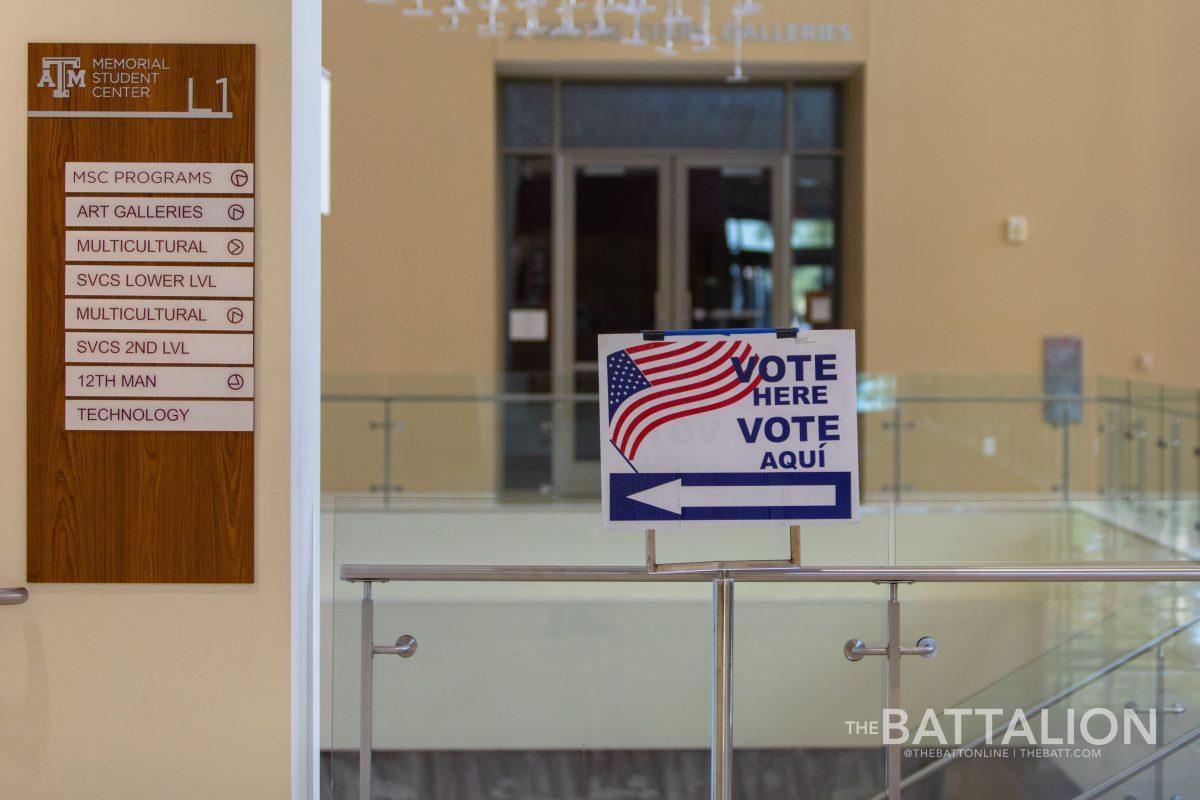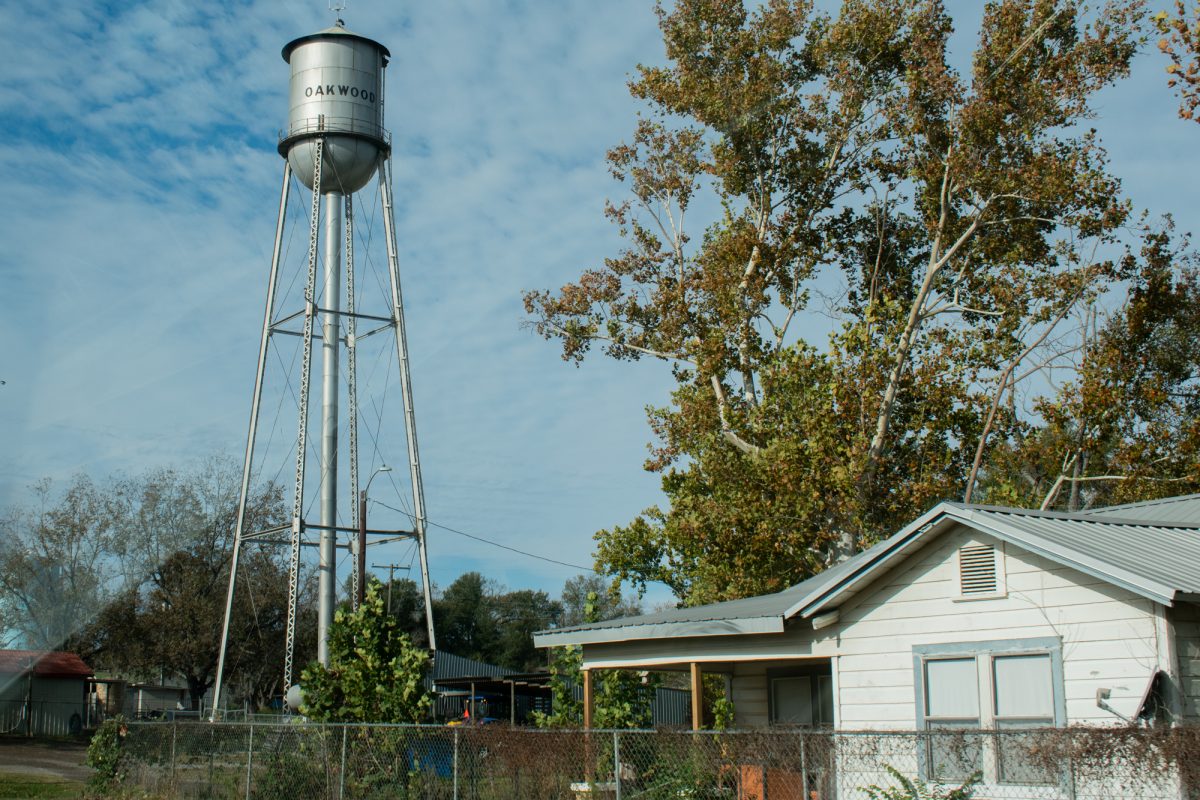On Election Day this November, Texas voters will be heading to the polls to vote for a single candidate in each race. Conversely, Aggies cast ballots last month in the Fall 2022 Student Government Association, or SGA, elections where they could vote for multiple candidates in each race.
How can this be? SGA elections use a voting system called instant-runoff, ranked-choice voting. With this system, voters are given the chance to rank multiple candidates on their ballots in order of personal preference.Once all ballots have been received, the “instant-runoff” process comes into play to determine the winner of the race. All of the candidates are initially sorted by the number of first-choice votes they received.
If no candidate received a majority, more than 50%, of the votes, the one with the fewest first-choice votes is eliminated from the tally and ballots that ranked this candidate first will be distributed among the remaining candidates based on the listed second choice. If no candidates obtain a majority of the votes following the redistribution, the same process continues until one of them reaches a majority and they are declared the winner.
What stands in the way of this system being implemented in Texas? Currently, state law only allows the use of a choose-one voting system but requires that candidates must win a majority of votes in order to be elected. The latter can be a problem if no candidate in an election obtains an outright majority. In this scenario, the top two candidates face off in a separate run-off election and force voters to return to the polls again. Ultimately, the Texas Legislature would need to create and pass legislation in order to make the change.
What are the benefits of ranked-choice voting? Although no voting system is 100% perfect, ranked-choice voting offers massive improvements over the current system. For one, if ranked-choice voting was implemented, there would not be a need for the aforementioned run-offs that unnecessarily waste time and money since a candidate will always secure a majority in an election.
Ranked-choice voting also ensures that ballots which rank multiple candidates are not “wasted,” even if less-popular candidates are ranked first. Additionally, ranked-choice voting lets voters express preference on their ballots like they do for pretty much anything else in life, such as picking an ice cream flavor or deciding what movie to go see at the theater with friends.
I believe that ranked-choice voting is a necessary reform to implement in Texas. In the places it has been used already like Australia, Maine and even Aggieland, the ranked-choice voting process is proven to be simple for voters and a boon for democracy overall. As you review your ballot this fall, I encourage you to imagine whether you would feel better about your vote if given the choice to rank candidates instead of choosing one.
Austin Begin is a meteorology senior and submitted this piece as a guest contribution to The Battalion.
Letter to the community: Texas should allow ranked-choice voting
November 8, 2022
0
Donate to The Battalion
Your donation will support the student journalists of Texas A&M University - College Station. Your contribution will allow us to purchase equipment and cover our annual website hosting costs.
More to Discover









